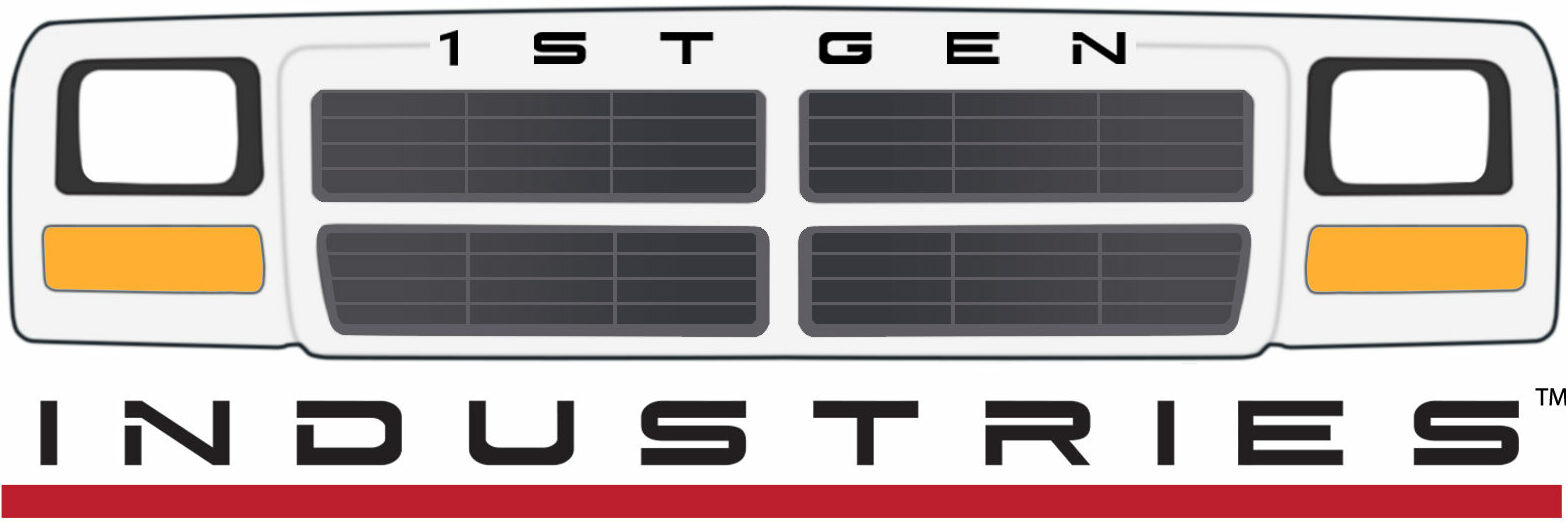BBK Brakes
So, I have been looking at doing a big brake kit for the truck. Only issue is, no one makes a kit! So I found that Willwood makes a awesome TR6 Off Road truck caliper and rotor. So it was time to do some measuring….
This is the unit:
 '
'
 '
'
 '
'
So the measuring began….
 '
'
 '
'
 '
'
 '
'
The conclusion? As you can see, it fits. Just. Like .100” clearance. Lol 😉 Now, as much as it can fit, I had a choice here. I suspect it will take about 100 hours to design, modify, fit, paint, and install the big brake kit from start to finish. And as I want this truck on the road this summer, and it won’t be towing this summer as I work out the bugs and potential reliability issues anyways, I decided to leave this for next winter and just use stock parts so I can at least drive it this summer. I don’t *need* big calipers and rotors at this moment per say… Also it allows me the funds to finish all of the other small things as I cant imagine it will be cheap all said and done. So I will leave this and come back to it. This part isn’t over yet as the fat lady hasn’t sung. 🙂
Center console
Next was time to get the center console finished. I needed some extra USB and 12v outlets, so I fabricated up a plate that will be mounted onto the console and will house all the power I need. So I started with the console and the plate I made:
 '
'
Marked the holes…
 '
'
Chopped out the section of material so I can start cutting…
 '
'
Fast forward a few weeks so I can keep this all together…. Parts are back from powder coating…
 '
'
 '
'
 '
'
And you will see here my power option selections. To keep it all uniform, I chose the same style plug body. But, the center of two of them are actually USB power: one high voltage, and one regular.
 '
'
Head Studs
Next up on the list was head studs. I had installed a set of ARP studs back when I built the engine, but with the compounds now on the engine, I wanted to upgrade the studs to Haisley L-19 studs to handle the higher boost pressure. So a set was ordered up and one by one they were swapped to I didn’t have to redo the head gasket.
 '
'
If you look real close you can see the higher grade steel used in the L19 studs. These handle a much higher stretch resistance that is common with higher than normal boost applications. AKA, compound turbo.
L19 is left side:
 '
'
 '
'
 '
'
Here is a look at all three sizes of L-19 studs.
 '
'
Not much to show here but removed valve covers…
 '
'
 '
'
 '
'
Headliner
When the crew cabs were being sold new by Dodge, that was still in the day that trucks were considered just that: trucks. They were a tool for a construction site, farm, etc. They were not the glorified cars they are today nor did they need creature comforts. As is the case, these crew cabs were never sold with a headliner. Now as I am sure most of you know firsthand, 12Vs and a big open non sound deadened cabs, don’t mix. For the 16 months I drove this truck before I pulled it apart, that was my biggest complaint. I was had ringing ears by the time I would get back from a long drive. So I wanted to put a headliner in. But being they were not available, I decided to make my own.
Over the course of the last few years, I had collected a few regular cab headliners when I could. This allowed me to chop a few up to make one. This process has taken approx 50 hours spread across a few weeks to give you an idea of time that is involved in doing this right.
So I chopped up headliner 1….
 '
'
Headliner 2….
 '
'
 '
'
I then held them both up to the roof to be able to measure headliner 3.
 '
'
And headliner 3 was then used as the donor for the center section….
 '
'
This would give me the foundation of my new headliner.
 '
'
Next was to prep the three sections. That included cleaning off all the old headliner foam bits. I used a semi soft brush so as to not damage the delicate foam.
 '
'
 '
'
Fast forward a few hours….
 '
'
I then chopped a 4th headliner, but instead of the fiberfoam, this one is of cardboard. I will use this as the backing joiner.
 '
'
 '
'
